In the ever-evolving world of industrial fabrication and metal processing, precision, efficiency, and speed have become non-negotiable. One tool rising to meet these demands is the High Speed Circular Saw Machine. With advancements in engineering, automation, and cutting-edge materials, these machines are transforming how manufacturers approach high-volume cutting operations across multiple industries.
A High Speed Circular Saw Machine stands apart for its ability to deliver extremely accurate cuts at significantly faster rates than traditional band saws or manual equipment. This advantage is critical in sectors such as automotive, aerospace, steel processing, and construction, where mass production without sacrificing quality is essential.
In recent years, the global shift toward automation and smart manufacturing has propelled the adoption of the High Speed Circular Saw Machine. These machines often integrate programmable logic controllers (PLC), touch-screen interfaces, and real-time monitoring systems. Such features allow operators to manage blade feed rates, material handling, and cycle times with minimal human intervention, output while minimizing errors.
Precision is another core advantage of the High Speed Circular Saw Machine. Unlike older mechanical saws, modern models are engineered with carbide or diamond-tipped blades and vibration-dampening systems, enabling them to cut through hardened metals and alloys with remarkable consistency. This results in cleaner edges, reduced material wastage, and fewer post-processing steps—saving time and money in high-demand production lines.
The versatility of the High Speed Circular Saw Machine also makes it a top choice for manufacturers dealing with diverse material types and sizes. Whether cutting stainless steel tubing, aluminum profiles, or solid carbon bars, these machines can be configured with variable blade speeds and automatic material loaders to handle each job with settings. This adaptability reduces downtime and enhances productivity across shifts.
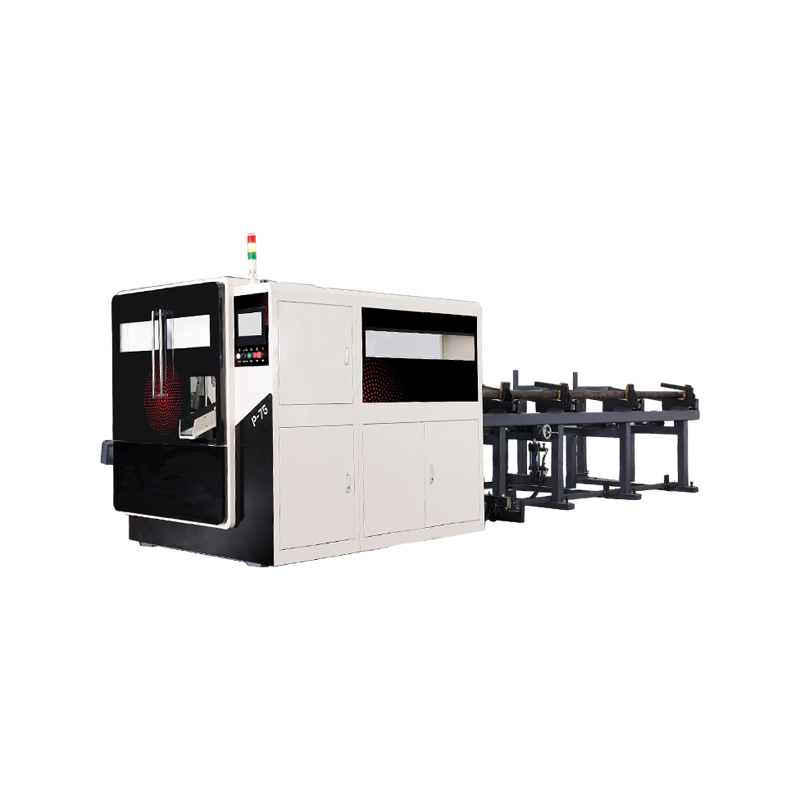
In markets like Asia-Pacific, where infrastructure projects and industrial expansion are booming, the demand for the High Speed Circular Saw Machine is growing rapidly. China and India, in particular, are seeing a surge in machine tool investments. As local manufacturers aim to increase throughput and meet international quality standards, high-speed saw technology offers a competitive edge.
Energy efficiency has also become a key talking point in the machinery sector. The latest High Speed Circular Saw Machine models are designed with energy-saving motors and smart power regulation features. These innovations ensure that machines consume only the power required for each cut, reducing energy costs and supporting sustainability goals in large-scale manufacturing environments.
From a safety standpoint, the High Speed Circular Saw Machine offers numerous enhancements compared to older machinery. Enclosed blade guards, automatic shutoffs, and integrated cooling and lubrication systems reduce the risk of operator injury and equipment damage. Some models also feature predictive maintenance systems that alert technicians to potential issues before they result in costly breakdowns.
Global manufacturers are also using data from High Speed Circular Saw Machine operations to improve efficiency. With Industry 4.0 principles in play, machine performance metrics can be fed into cloud-based analytics platforms, helping companies optimize production planning, reduce material waste, and forecast maintenance schedules more accurately.
Looking ahead, the High Speed Circular Saw Machine is poised to play a crucial role in the future of smart factories. As the industrial landscape becomes increasingly digitized, integration with robotics, automated conveyor systems, and enterprise resource planning (ERP) software will enhance the capabilities of these machines even further. Companies that invest early in such technology are likely to see measurable returns in output, quality, and operational agility.
In conclusion, the High Speed Circular Saw Machine has emerged as a vital asset in modern manufacturing. Its blend of speed, precision, automation, and safety is setting new benchmarks for performance in cutting applications across various industries. As technological advancements continue to unfold, this powerhouse machine is not just keeping up—it’s the charge toward a faster, cleaner, and smarter industrial future.



 english
english Русский
Русский Español
Español Русский
Русский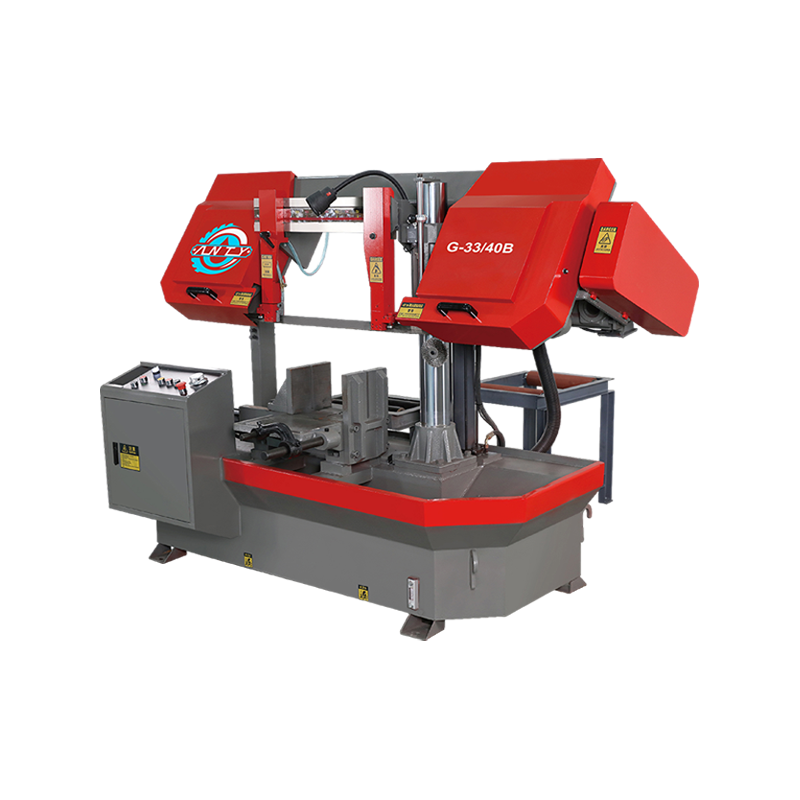
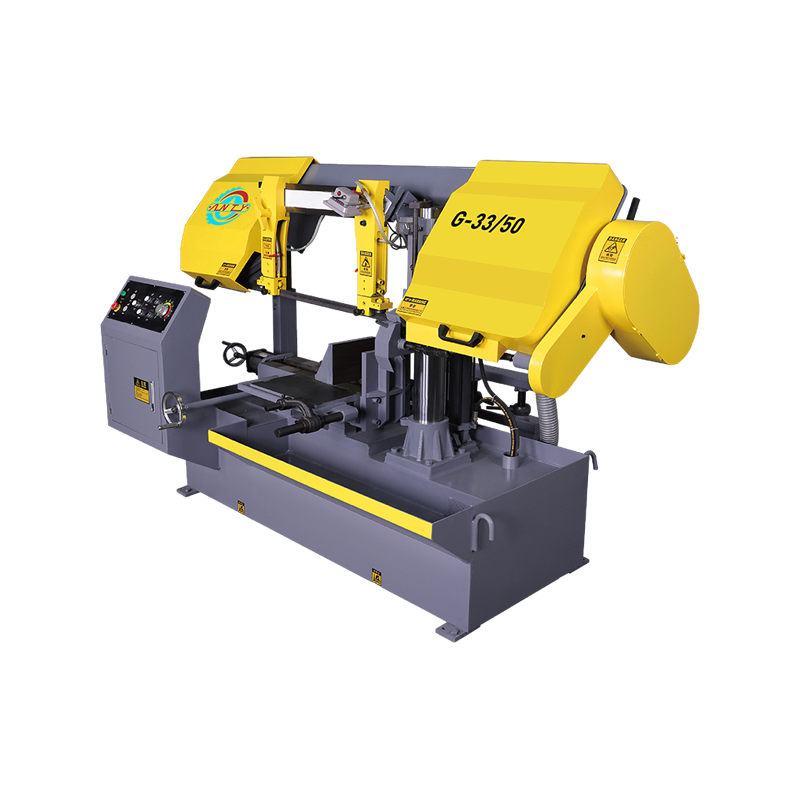
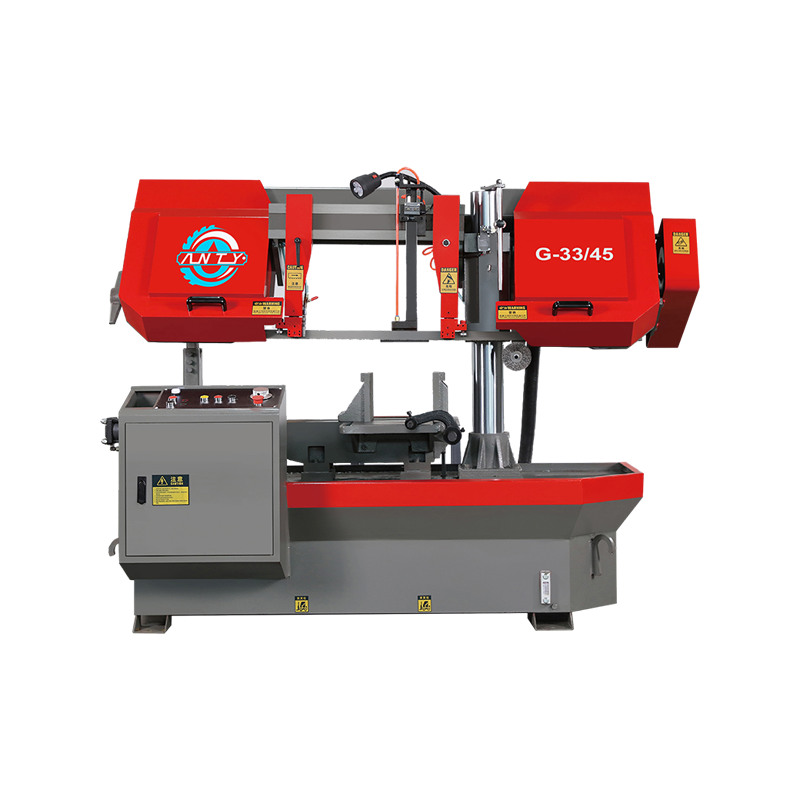
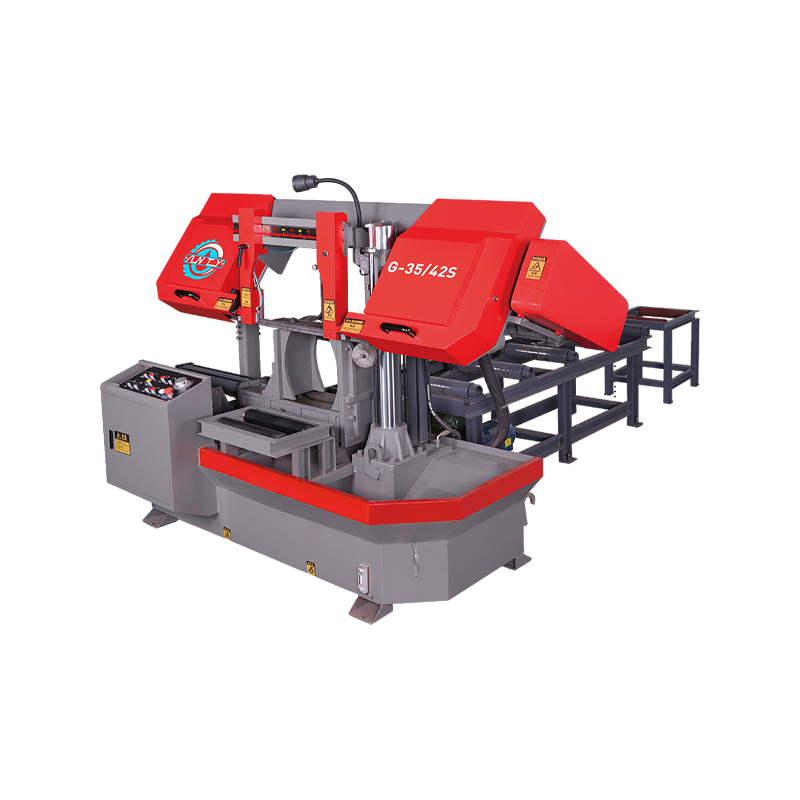
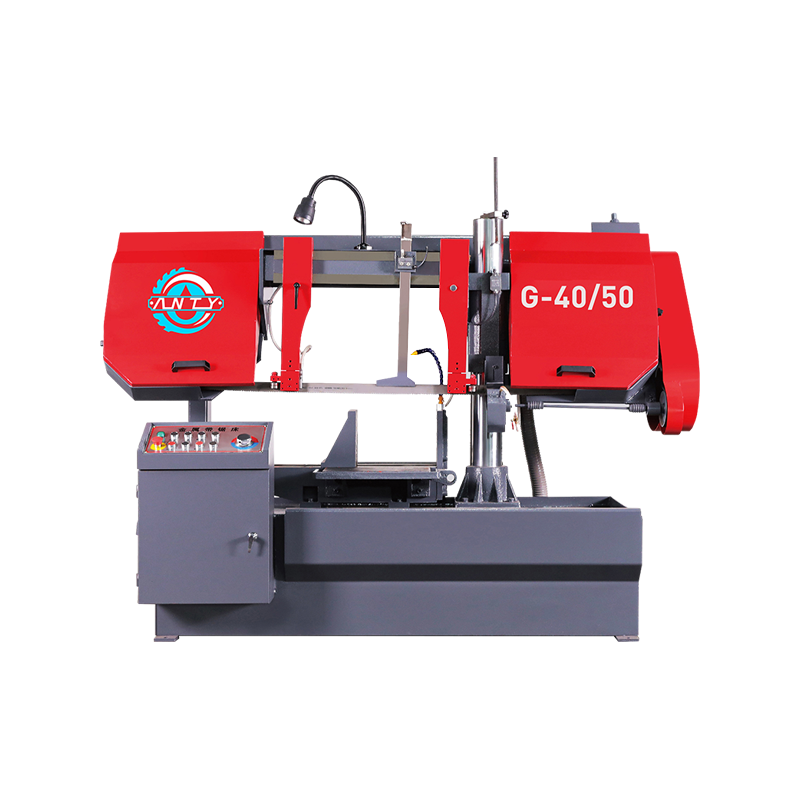
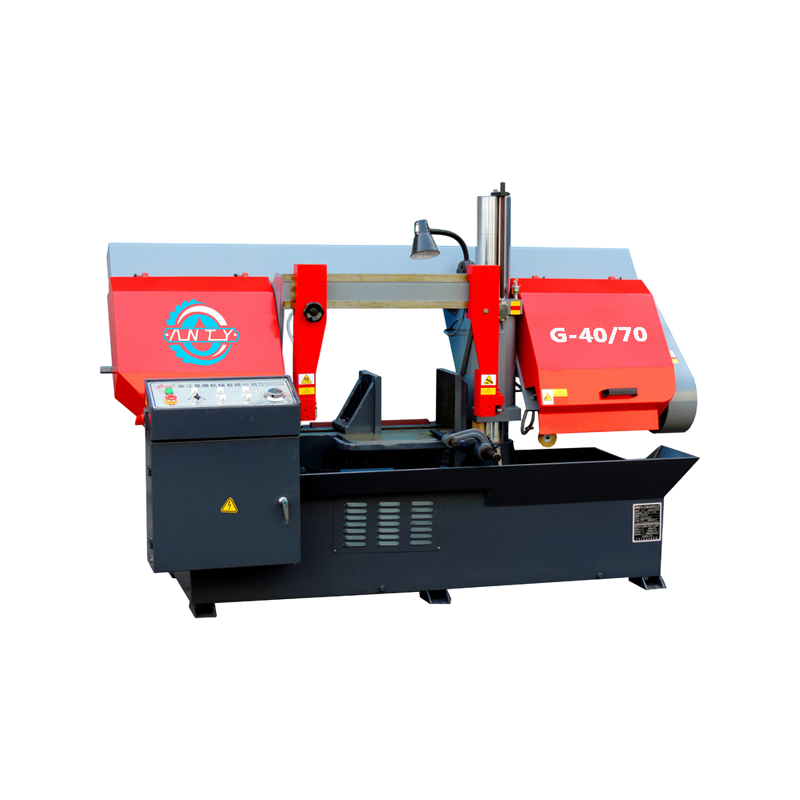
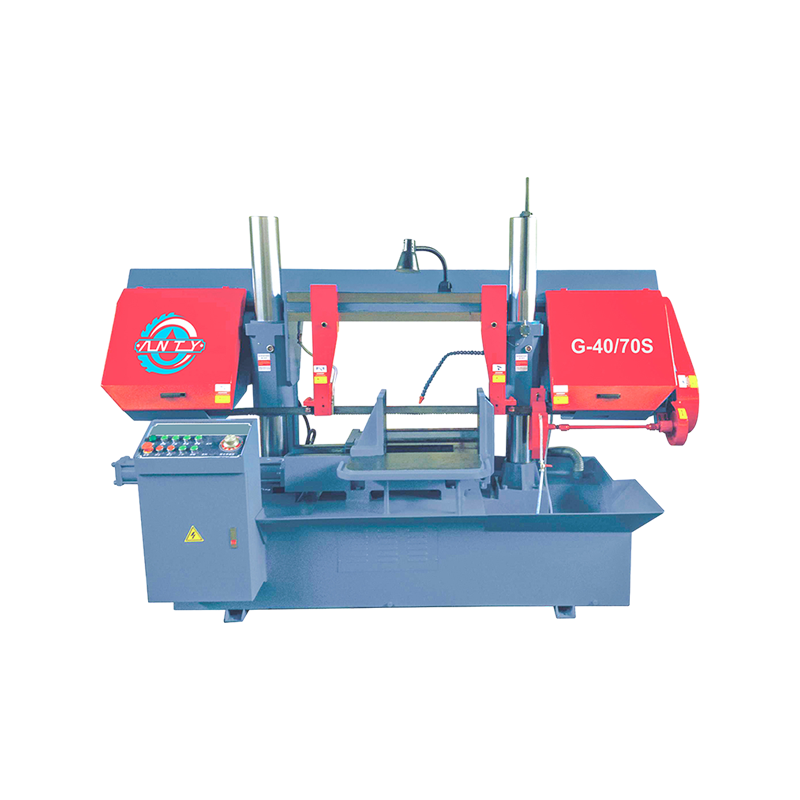
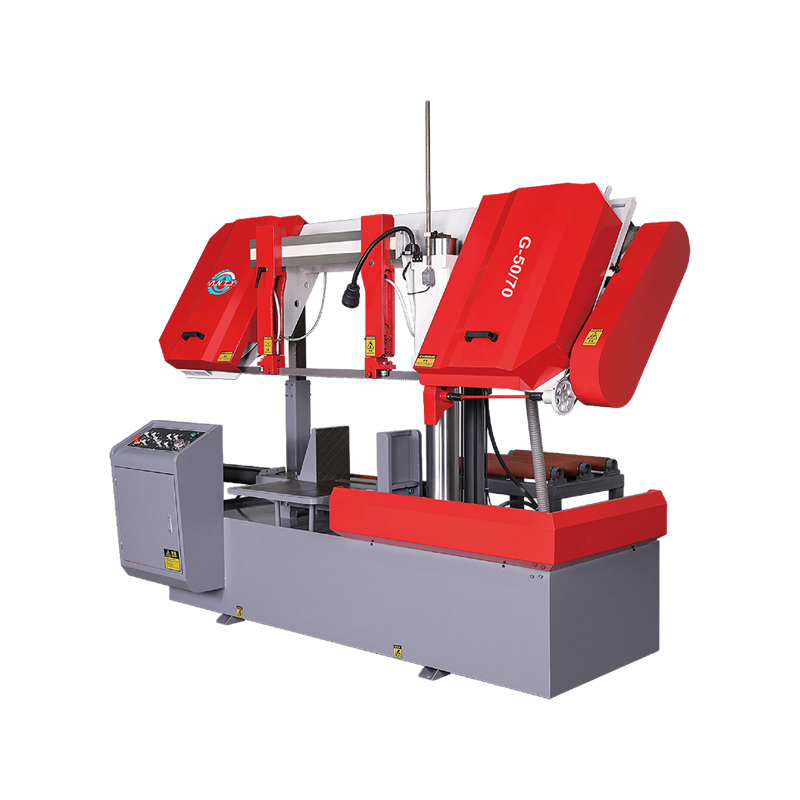
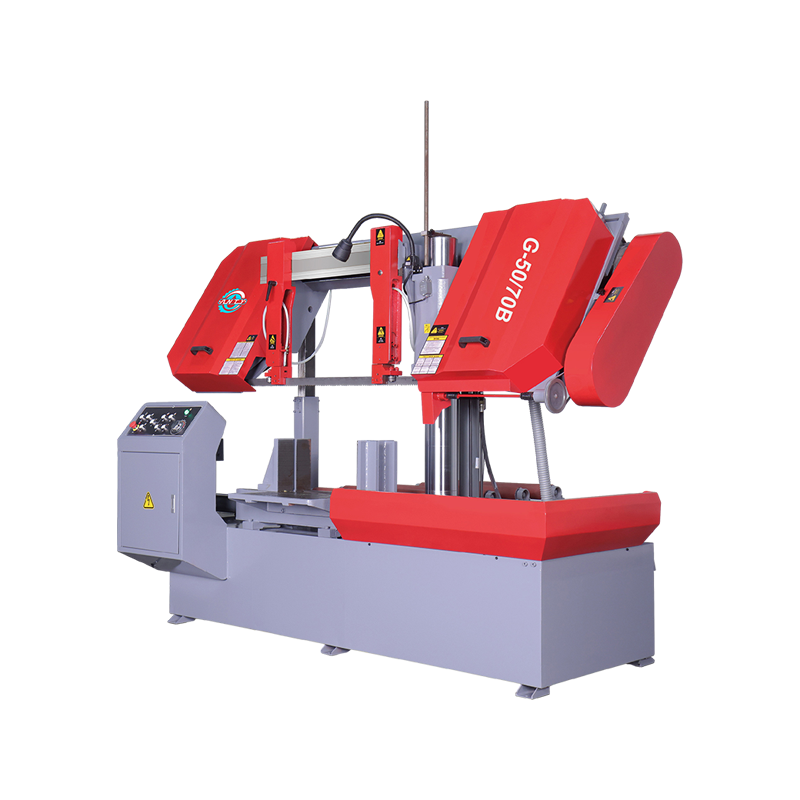
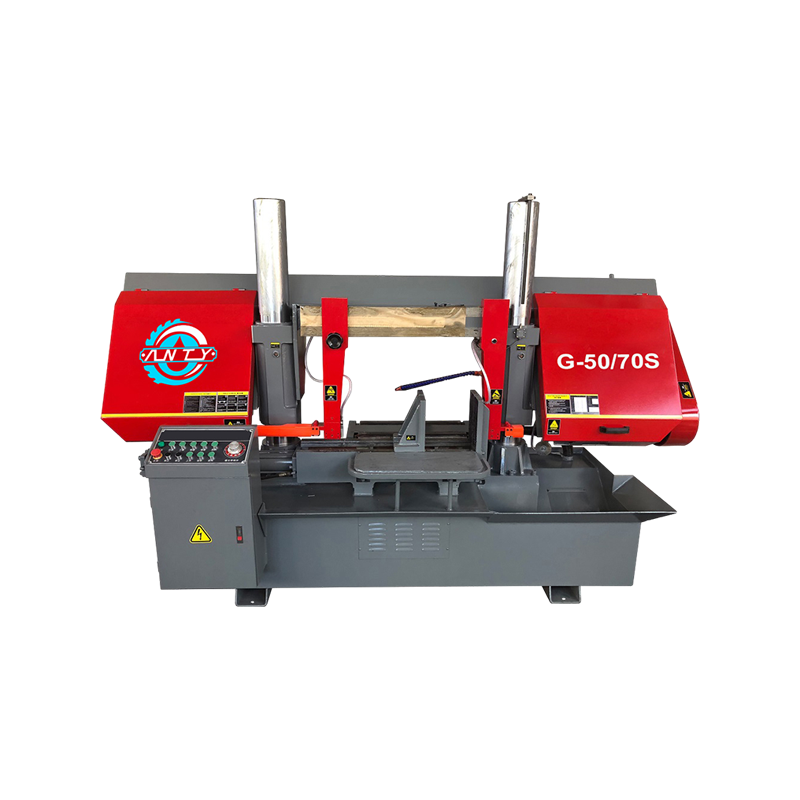
 CONTACT US
CONTACT US